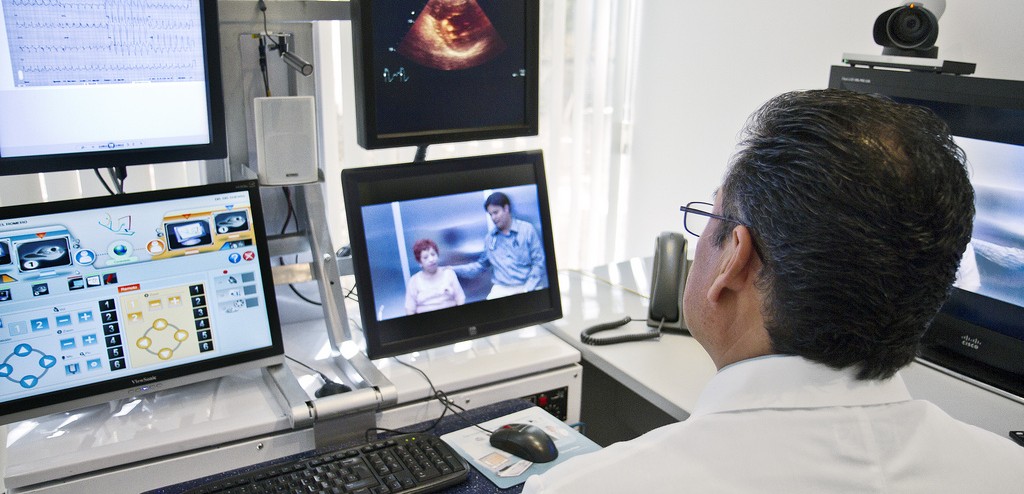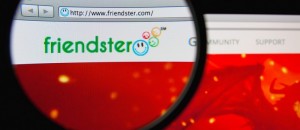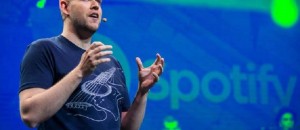Tech entrepreneurs see the mobile health (mHealth) market as the next great business revolution, but it has yet to achieve critical mass. mHealth is considered the sum of technology-based applications that allow a patient and a physician to clinically interact from different locations. Examples include the exchange of medical information via e-mail, texting, smartphone apps, storing and forwarding pictures, and web-based video.
The mHealth marketplace is being re-energized by the growth of the smartphone industry, with more than 140 million smartphone users in the U.S. This number is expected to rise to more than 200 million over the next five years. This growth is being fueled by thousands of apps that are empowering users in their daily lives. Consumers are enjoying the handheld convenience of depositing checks, avoiding traffic, playing games, and staying connected to friends.
But is the U.S. healthcare infrastructure ready to embrace the growing desire for non-traditional physician-patient encounters? Unfortunately, the adoption curve has been slow, with only about 10% of the U.S. population (36 million) having ever used mHealth technologies, such as telemedicine. Regardless of the medium through which the encounter takes place, there are still major hurdles for mHealth to implement solutions that are already prevalent in other service-based industries, such as banking, insurance, and travel. Despite more than 20,000 healthcare-related smartphone apps that are available in the marketplace today, a 2012 Pew Research Center study found that only 10% of smartphone users have downloaded a healthcare app. A similar number of users have ever received an email or alert directly related to their health.
To gain some insight into the state of mHealth adoption, we contacted Dr. Darren Sommer, Chief Medical Officer of theOptimized Care Network, a network of healthcare providers who virtually connect with and treat patients. According to Sommer, mHealth apps can be divided into three types of encounters: (1) initiated and concluded by the patient, (2) initiated and concluded by the healthcare provider, and (3) initiated by either, but concluded by the other.
The first two represent the ability for either the physician or the patient to utilize technology as a personal resource for their medical needs. A patient may track his or her diabetes, or a physician may look up the dose of a medication. In both examples, the patient and the physician are not dependent upon each other. The third category, which is defined by the patient or physician initiating the app use and the other concluding the interaction, is a much tougher model. Some pre-coordination must take place before the data being collected can be acted upon.
A lack of standardization is not surprising, considering the number of mobile platforms and medical apps providing similar functions. For example, says Sommer, “If a patient self-selects the use of a diabetes app without coordinating with their physician, the physician may only be able to adjust a patient's diabetes regimen by reviewing a paper printout brought by the patient to the next in-person visit. The value of collecting that data in real time is now marginalized.” It would be better for both the patient and the physician to be able to share that data in real time, review it, and act on it before complications can arise.
The logistical hurdles to mHealth adoption also have financial ramifications. If a primary care doctor manages a population of 2,500 patients, do they have the staff and/or time to integrate and act upon what could be hundreds of daily notifications? Today's fragmented, brick-and-mortar healthcare practices were not designed to adjust their workflow like utility grids that foresee and manage the peaks and troughs of power consumption. A utility company is financially incentivized to deliver energy efficiently, which saves them money and improves their margins. In healthcare, however, there isn't a compelling financial case for incentivizing the patient and the physician to invest their own resources into multiple, discrete mHealth solutions.
There are thousands of companies providing telemedicine technology, but there is no widespread adoption by practitioners. Sommer asks, “Why would a family practitioner that sees 25 patients in the office per day stop seeing five of those patients, in order to see five remotely? Even if they could get paid for the e-visit, which they likely cannot (at least under current reimbursement models), they would still lose money on their investment in the telemedicine technology.
Many independent physician practices do not have the resources to invest in new infrastructure. Imagine your local independent barbershop investing thousands of dollars into an app that allows its customers to book appointments online, determine the schedule of their favorite barber, and get reminders when a defined period of time expires between haircuts. The barbershop could never afford to do it unless the investment could be recouped. This would come in the form of more patrons receiving haircuts. However, if the shop is operating at maximum capacity, there is little reason to invest additional resources just for the sake of customer convenience. The case is the same for healthcare. If a family physician has a practice that is operating at capacity, there is no financial incentive to invest in new services to attract additional patients or risk diminishing its already tight margins.
Read more: Why Mobile Health Technologies Haven't Taken Off (Yet)






